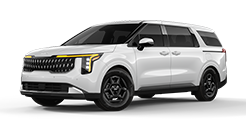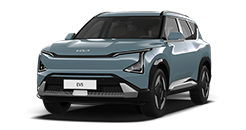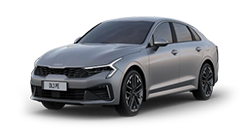open menu
- Home>
- Discover kia>
- ASK>
- Do electric cars have engines?
Do electric cars have engines?
“Electric cars do not have conventional engines. As alternatives to conventional engines, electric motors which are fueled by rechargeable batteries, power electric cars.”
The traditional gasoline engine is replaced by an electric motor that gets its power from the electricity in rechargeable batteries. A gasoline engine tends to look like a plumbing process with its fuel, while an electric vehicle is a wiring process with an electric motor.
When you drive your electric car, often you will recognize that it is nearly silent.
This is because electric cars run on electricity, there’s no clutch, gearbox, transmission, or exhaust pipe.
Electric motors have a number of differences when compared to traditional engines. With the same horsepower rating, the initial cost of an electric motor is much lower than a fossil-fuel engine. Having a single moving part, an electric motor has a longer lifespan. Generally, a properly maintained electric motor offers up to 30,000 hours of operating life without needing major repairs which means electric motors require less maintenance service than that of gasoline-powered engines. Minimizing the wasted energy by turning the car off when stopped and charging the battery when braking, electric motors inherently provide energy-efficiency.
- An electric motor replaced the conventional gasoline engine.
- The electric motor earns its power from a controller.
- The controller gets its power from rechargeable batteries.
An electric car has fewer moving parts than an internal combustion engine car. It has one moving part, the motor, whereas the gasoline-powered vehicle has hundreds of moving parts. These are the critical components of the EV, namely: the battery, charge port, DC/DC converter, electric traction motor, onboard charger, power electronics controller, thermal system, traction battery pack, and the transmission.
Fewer moving parts in the electric vehicle leads to another important difference. The electric vehicle requires less periodic maintenance and is more reliable. The gasoline-powered vehicle requires a wide range of maintenance, from frequent oil changes, filter replacements, periodic tune ups, and exhaust system repairs, to the less frequent component replacement, such as the water pump, fuel pump, alternator, etc.

BATTERY
It gives electricity to power the entire vehicle by storing the electricity required to run your EV. The higher the kW of the battery, the higher the range.
CHARGE PORT
It allows the vehicle to connect to an external power supply and to charge your battery.
DC/DC CONVERTER
It converts higher-voltage DC power from the traction battery pack to the lower-voltage DC power which is necessary to run the vehicle and recharge the battery.
ELECTRIC TRACTION MOTOR
It runs your vehicle’s wheels by using the power from the electric car battery pack.
ONBOARD CHARGER
A device built into the vehicle that converts AC power from the charger into DC power and stores it in the battery. It also checks the battery characteristics such as temperature, current, and voltage.
POWER ELECTRONICS CONTROLLER
It monitors the flow of electrical energy from the electric car battery. It controls the electrical motor speed and the torque.
THERMAL SYSTEM (COOLING)
It manages a proper temperature range of the engine, power electronics, electric motor, and the other components.
TRACTION BATTERY PACK
It stores electricity for use by the electric traction motor.
TRANSMISSION
It delivers the mechanical power from the electric traction motor in order to run the wheels.
















